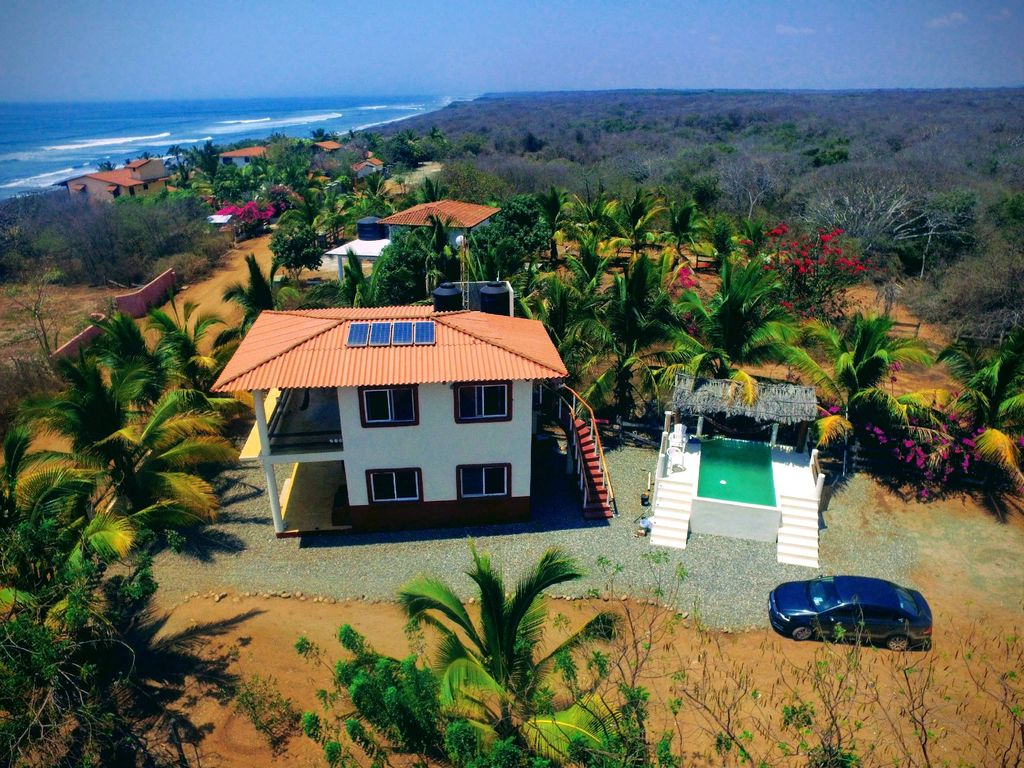Do you dream of owning a beach house in Mexico but don’t know where to begin?
Well, you are in the right place. With so many people buying in Mexico, it’s time to take an updated look at the process. We will divide this discussion into two parts. First, we’ll look at a few general areas to be aware of before buying in Mexico. Then we’ll look at the buying process, along with an idea of the costs involved.
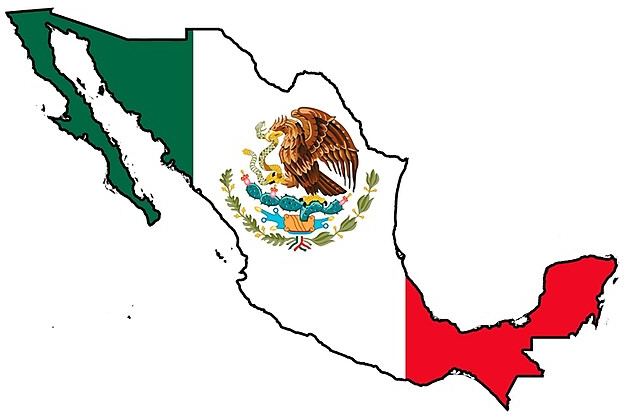
Questions & Answers:
Q: Can a USA or Canadian citizen own real estate in Mexico?
A: Yes, by placing the property in a bank trust. (Fideicomiso)
Q: Can I own property near or in front of the ocean?
A: Yes, laws passed in 1973 and 1993 have made it possible for foreigners, foreign firms, and Mexican firms with foreign participation to acquire interests in coastal real estate through a bank trust.
Q: Who is involved in a bank trust?
A: Three parties. The seller of the property is the Trustor, the bank is the Trustee (Fiduciario), and the buyer is the Beneficiary (Fideicomisario.)
Q: How much does the Bank Trust cost?
A: Based on the current fees, the bank charges parties opening a Bank Trust the initial fee of approximately $1500 USD for establishing the Trust plus they collect the first year’s annual fee of about $500 depending on the bank.
Q: Are there additional fees for the Bank Trust?
A: Yes. The bank charges an annual fee to cover its services as a Trustee. This fee is usually between $450 and $600 USD.
Q: How does the trust function?
A: Title of the property is transferred to a trust with a Mexican bank acting as Trustee. The Trust Agreement is formalized by the issuance of a permit from the Mexican Ministry of Foreign Affairs. The property buyer is designated as Beneficiary in the Trust and the beneficiary rights are recorded in the public record by a Notary Public.
Q: What are my rights as a buyer?
A: The Trust is a legal substitute for fee simple ownership, but in many cases, the Trustee is the legal holder of the property. As Beneficiary, you have the right to sell your property without restriction. You may also transfer your rights to a third party or pass it on to named heirs.
Q: Is the Trust Renewable?
A: Yes. According to the Foreign Investment Law passed in 1993, trusts can be renewed for an indefinite number of successive 50 year periods. In effect, they can run in perpetuity if you do not change your trust administration bank at any time.
Q: Who is involved in Real Estate transactions in Mexico?
A: Normally there are five players involved in a real estate transaction. These are the real estate company, the seller, the buyer, a bank, and a Public Notary.
Q: What role does a Public Notary play?
A: A Public Notary is a government-appointed lawyer who processes and certifies all real estate transactions including drawing up and reviewing all official documents to ensure the proper transfer of the property.
Q: What are these official documents?
A: The official documents which are required by law in order to transfer the ownership of property in Mexico include a no-lien certificate based on a complete title search from the Public Property Registry, a statement from the municipality regarding property assessments, water bills, and other pertinent taxes that might be due, and an appraisal of the property for tax purposes.
Q: If at a later date I decide to sell my property, can anyone buy it?
A: Yes. If the buyer is also a foreigner, you can simply assign the beneficial rights to your trust. If the buyer decides to open their own new trust with a bank, they also have that option. If the new buyer is a Mexican National, you can instruct the bank to transfer title to the buyer.
Q: If the buyer is a foreigner, is his interest limited to the balance of my 50-year period?
A: Yes and No. If a buyer takes over an existing trust they can renew or extend the trust for an additional 50 years after the remaining years expire. For a buyer getting a new trust, they will automatically have a 50-year trust.
Q: When buying or selling a property in Mexico, who pays the closing costs?
A: It is common practice that the buyer pays the transfer of acquisition tax and all other closing costs, including the Notary’s fees and expenses, while the seller pays his capital gains tax and the broker’s commission.
A: The real estate transfer tax ranges between 2% to 4% of the tax appraisal value, which is generally less than the sales value.
Q: How much are closing costs?
A: The rest of the closing costs, excluding the transfer taxes, vary from 3% to 5% of the selling price.
Q: How long does the home buying process take?
A: The buying process takes from 30 to 60 days when using a Bank Trust. The process usually takes a week for Mexican buyer. Q: How do I pay for a real estate purchase?
A: An Escrow service held by a third party on behalf of the buyer and seller manages the money portion of the transaction.
_________________________________________________________________________________________
Here are a few things you should know about buying in Mexico… ways in which Mexico is different from what you might expect.
#1. Prime, Oceanfront Ejido Land… Why It’s Mexico’s Best Bargain
Without the issue of ejido land (pronounced eh-HEE-doh) there wouldn’t be anything exciting to talk about when it comes to buying Mexican real estate.
Ejido land is the source of almost all the stories you’ve heard about confiscation of property from foreigners in Mexico. Ejido land can be a terrific bargain, because after buying it, it’s not really yours.
Ejido land is communal agricultural land, which was granted to a community… often an indigenous community. Much of this land, while not worth that much at the time, is now prime, sought-after beachfront property.
In order to buy some of it, you would need the approval of 100% of the community members, separation of your parcel from the ejido, and conversion of that parcel to a freehold title. (And that’s over-simplified… simply identifying the community members and their descendants who should have a vote can be hard.)
Converting ejido land to private ownership is a complicated and difficult process… which is why so many have ignored doing it legally, resorting instead to bribing officials, falsifying records, or just hoping no one will say anything down the road.
There are, however, reputable legal firms in Mexico who specialize in converting ejido land into land that can be sold via a freehold title. If you feel you’ve got an irresistible opportunity to buy legally converted ejido land, I’d still personally recommend the following:
- Verify that the property is recorded in the property registry as a freehold title before your purchase (don’t convert it concurrently with your purchase).
- Have an independent, third-party attorney review the title’s history and assess the legality of the ejidoland’s conversion to freehold title.
- Purchase title insurance to guard against future legal claims, which may be valid or frivolous.
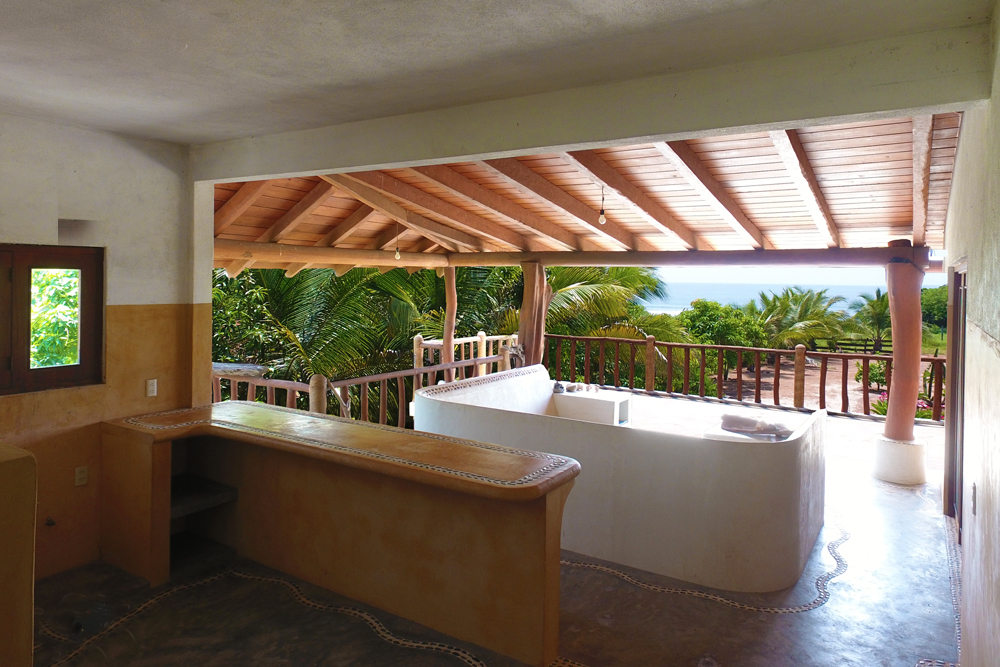
#2. No Restrictions On Foreign Ownership… Almost
Generally speaking, there are no restrictions on the ownership of residential property in Mexico, and you can hold the title in your own name. You can choose to hold it in a trust—for asset protection or estate planning purposes—but it’s not required.
If the property is near the coast or an international border however, special rules will apply. See the following paragraph.
#3. Special Rules Apply When Buying Near The Coast Or Land Border
Mexico has a restricted zone—called the Zona Restringida—that occupies a band within 50 kilometers (31 miles) of the coast or 100 kilometers of an international land border. Since the early 20th century, non-citizens have not been able to hold property in their own name within this zone.
But in order to encourage foreign investment, the government created a workaround in 1973, formalized in its current version in 1993. In short, it authorized the use of a trust to purchase property within the restricted-zone. This trust is called a fideicomiso (fee-dey-com-EES-oh) and it’s similar to a Land Trust in the United States.
In U.S. trust parlance, you (the property buyer) are the Grantor of the trust, and also the Beneficiary… so you fully control the purchase, sale, and management of the property. A bank of your choosing acts as the Trustee.
At first, I resisted the idea of having to use a fideicomiso. I actually toyed with the idea of creating a corporation—with all its overhead and reporting requirements—just to get around it. But that was counterproductive.
Instead, I decided to appreciate the benefits of having my property in a trust. It gives me a level of asset protection, and more importantly, allows me to do estate planning—using beneficiaries and contingent beneficiaries—without having to probate a Mexican will or follow normal probate protocols.
Fideicomisos can be automatically renewed after 50 years.
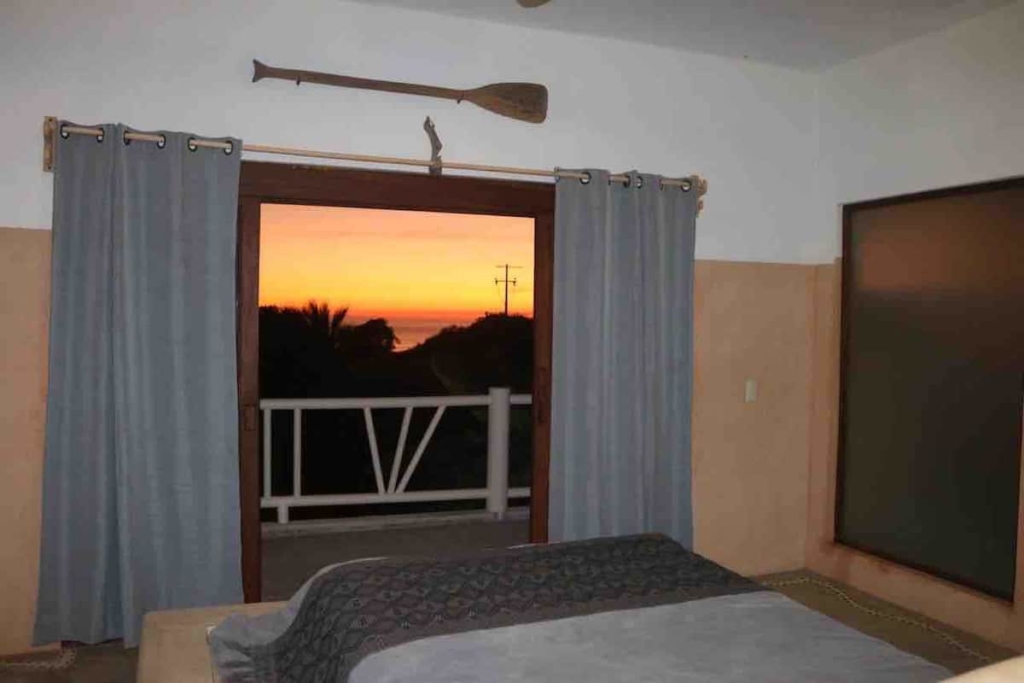
#4. The Notary: Not Like The States… Not Like France… Not Like Ecuador…
The role of the notary in Mexico is different from their role in most of Latin America, Europe, or the United States. The notary is appointed by the state governor and must be an attorney with at least five years of experience.
As a buyer in Mexico, the notary is your representative in the process. He is not an impartial third party, and does not represent the seller. Consequently, there is usually no reason hire a second attorney to represent you in a straightforward property sale.
You may, however, need an additional attorney for a non-standard sale. For example, if you’re forming a corporation or starting a business concurrently with the purchase.
The notary will perform a title search, prepare all the paperwork, process the real estate transaction, record the new title with the municipality, and collect the taxes and fees.
It is helpful to hire a notary who is fluent in English, unless you’re a fluent Spanish-speaker. He will serve as your translator, and explain what all those Spanish-language documents are saying.
#5. Great! An English Sales Contract (Which May Not Be Valid)
The official language in Mexico is Spanish, and all official documents are in Spanish… including your sales contract and closing documents.
But for simplicity’s sake, most good realtors will give you an English version of the sales agreement. This is a great tool for making sure that you and the seller understand the terms of the deal, such as sales price, included items, or any special conditions or contingencies.
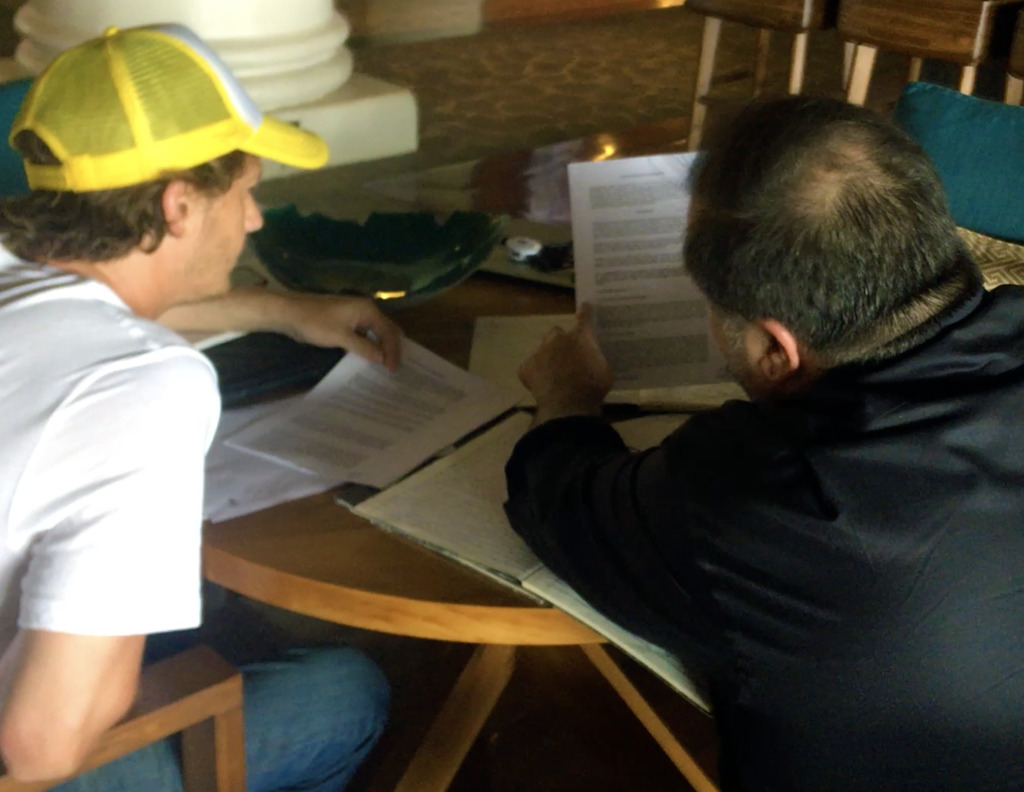
The Purchase Process, Step By Step
Keep in mind that most of the processes described here will be done by the notary, working with you and your agent. All you really need to do yourself is sign the documents and write a check for the fees.
#1. Make An Offer And Come To Terms On A Price
This is usually done verbally, either with the seller or through your real estate agent.
#2. Sign The Sales Contract
This can be called a promesa de compraventa, convenio de compraventa, or contrato de compraventa, depending on local custom. Here is where you document the price and specify the terms and conditions of the sale, including any special payment arrangements and penalties for default.
#3. Pay A Deposit
Normally, this will be 5% to 10% of the sales price.
#4. Initiate Creation Of The Fideicomiso If The Property Is Within The Restricted Zone
Alternatively, you can transfer the previous owner’s fideicomiso into your name. This can save you time and money, but a transfer does not reset the 50-year clock… the fideicomiso will need to be renewed 50 years from the time it was originally created.
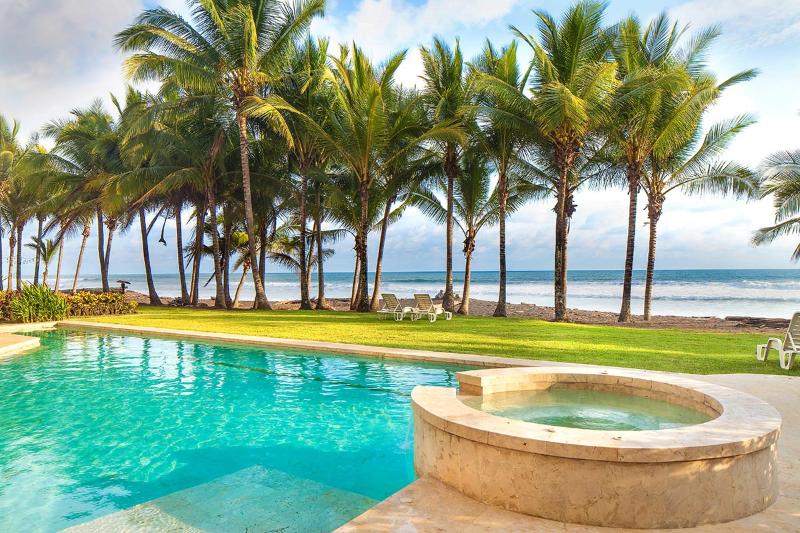
#5. Obtain Permission To Complete The Purchase From The Foreign Secretary’s Office
You will be asked to sign a statement indicating that you will not seek foreign legal jurisdiction in dealings with your property transaction… in other words, Mexican property law will govern.
#6. Conduct The Title Review And Get The Official Valuation (Called Avalúo)
Once again, the notary will perform or arrange these activities. The valuation will be used to establish the home’s value for tax purposes… so the age-old practice of underreporting the sales price will not work here.
#7. Sign The Escritura
Sign the escritura at the notary office, and make the closing payment. When signed and recorded, this escritura will be your title to the property.
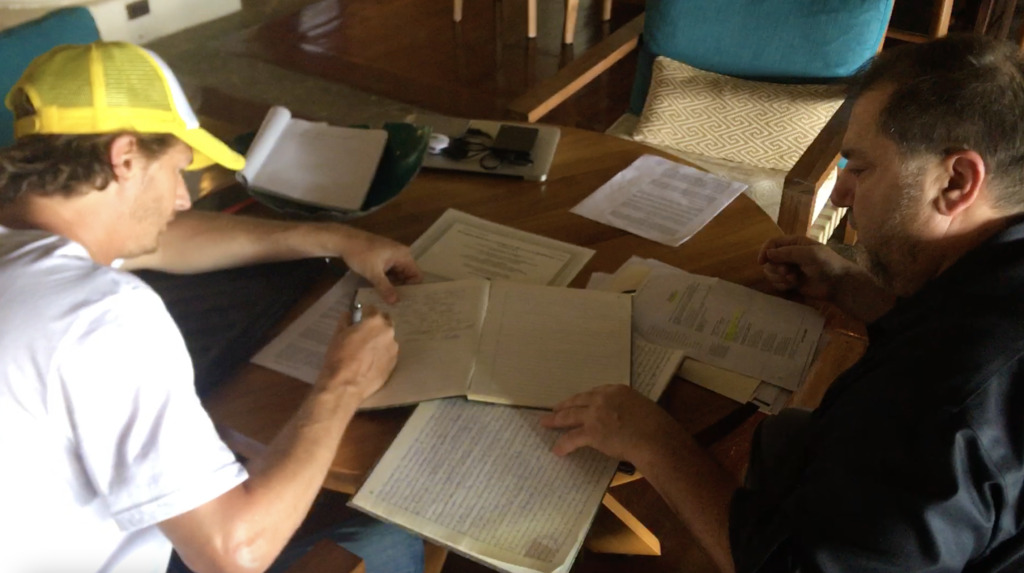
#8. Pay Taxes, Collect Fees, And Initiate The Property Registration
All of this is done by the notary. You’ll just need to hand over the money.
#9. Final Registration
Final registration in the property registry will be completed and recorded within three months.
#10. Closing Costs
Closing costs should be about 5% of the purchase price. This includes a 1.5% notary fee, a 2% transfer tax, and a few other odds and ends, including the fideicomiso setup fees. This will be higher if you get a mortgage.
Closing costs come in average around 5% of the purchase price, which includes the fideicomiso setup fees and two years’ advance payment of fideicomiso maintenance fees. An example annual fideicomiso maintenance fee is MXN 4,820 for 2021, which is around US$240 at today’s exchange rates.
The Bottom Line When Buying In Mexico
Your experience buying property in Mexico will most likely be a good one. There are hundreds of excellent realty companies, and more genuinely-certified REALTOR® agents than I’ve seen anywhere in Latin America.
But there are also some fly-by-night operators and crooks. Most often, it’s a “guy who knows a guy” with a place for sale, or a tour operator, taxi driver, or rental agent who can’t resist the idea of a commission.
- Make sure you buy from a reputable real estate company such as International Surf Properties, who employs real agents, and follows the rules.
- When in doubt, don’t hesitate to call a time-out and ask questions until you’re satisfied.
- Don’t be afraid to clarify Spanish conversations you’re hearing, or terms that are new to you.
In the end, the enjoyment you’ll get from your new property in Mexico will be worth the effort.

